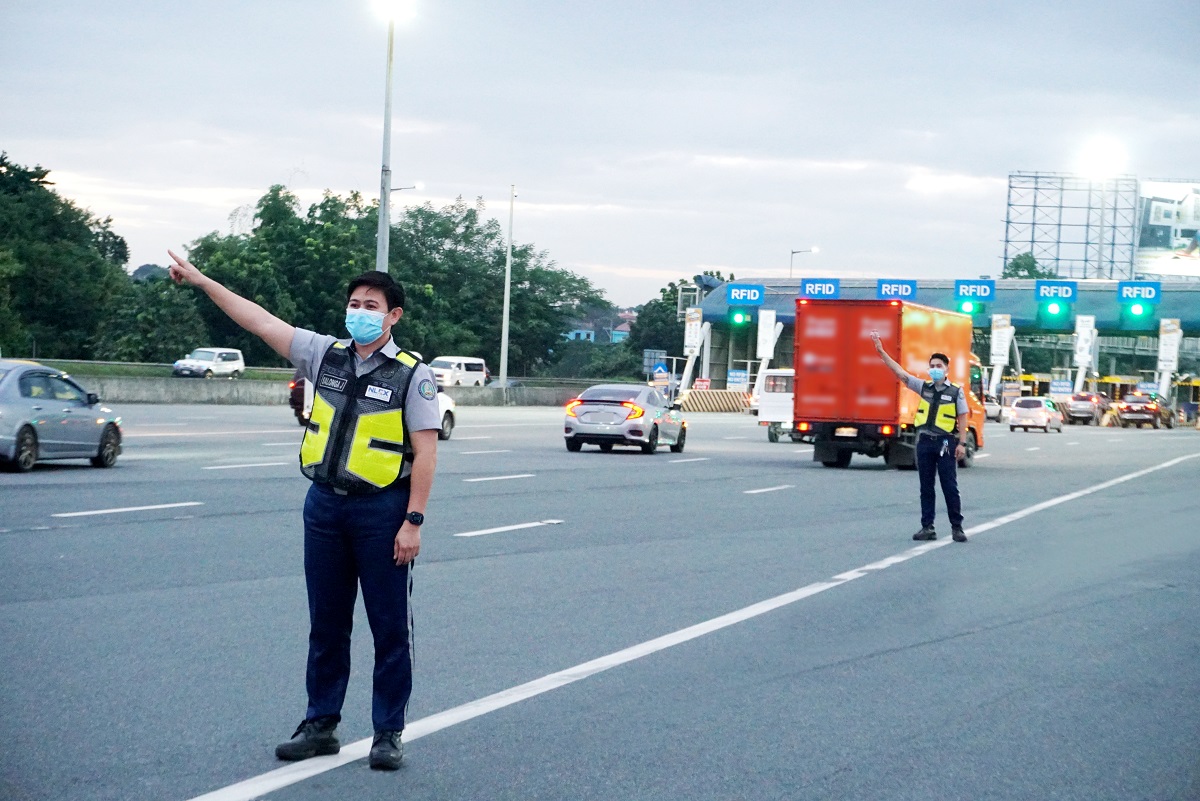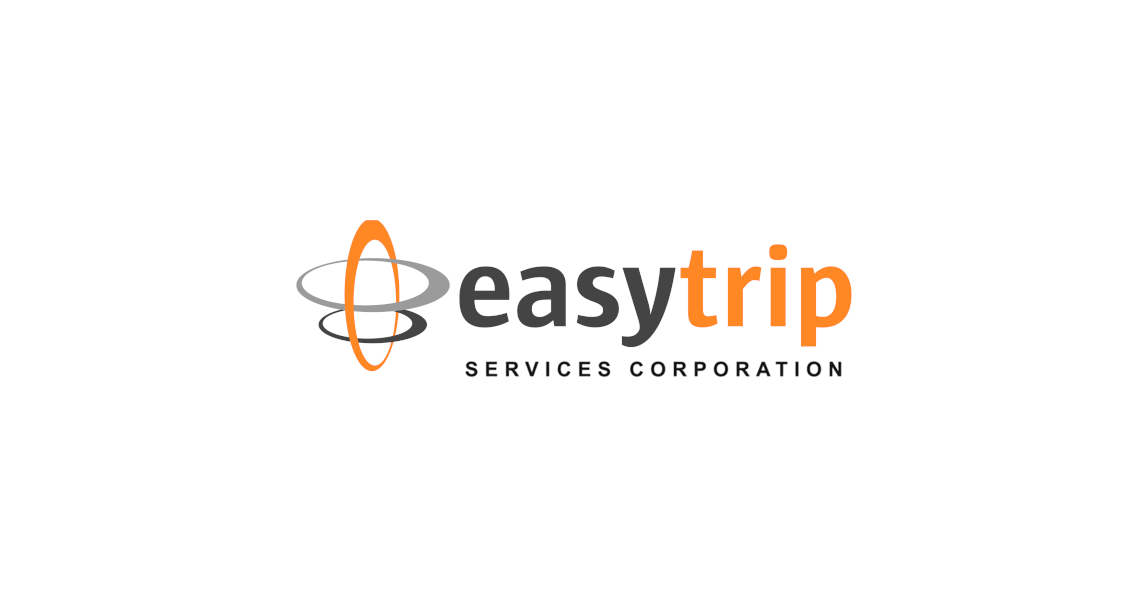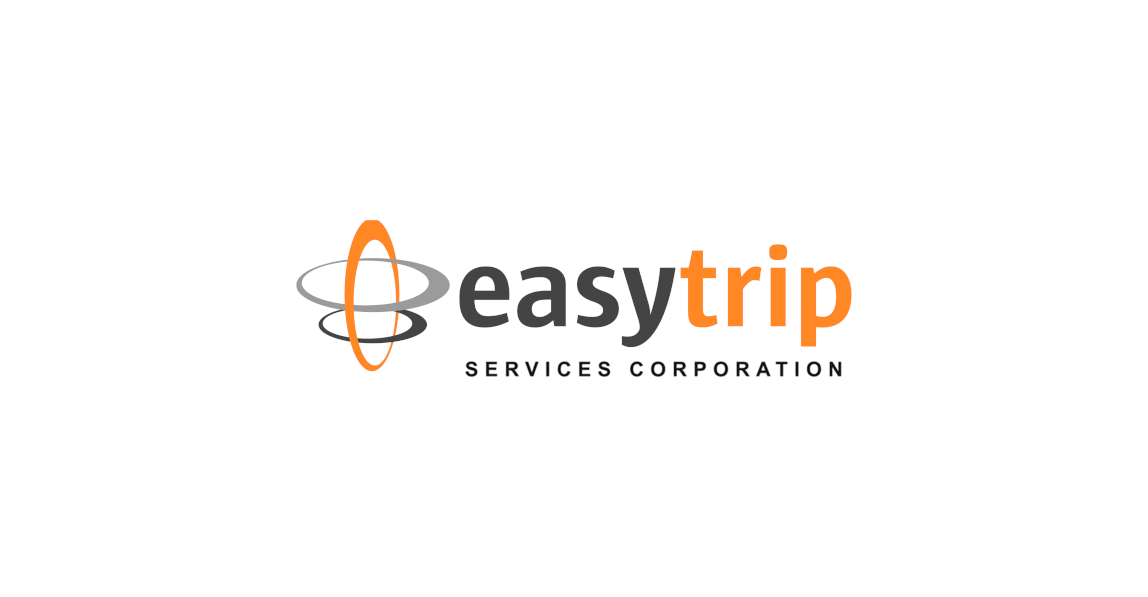Widespread RFID use and improved traffic operations overcome ‘Undas’ road trip surge at MPTC expressways

As seen on https://nlex.com.ph/2021/11/08/widespread-rfid-use-and-improved-traffic-operations-overcome-undas-road-trip-surge-at-mptc-expressways/, November 08, 2021.
The high growth of radio frequency identification (RFID) use combined with efficient traffic management operations helped overcome the usual surge of ‘Undas’ holiday-goers throughout the NLEX-SCTEX, CAVITEX, C5 LINK, and CALAX system, the Metro Pacific Tollways Corporation (MPTC) reported.
Amidst COVID-19 restrictions, traffic data show that vehicle entries at NLEX-SCTEX, particularly on October 30, reached 432,180 while 202,133 transactions were tallied at CAVITEX, C5 LINK, and CALAX on October 29 — both are record high for a long ‘Undas’ weekend.
Despite nearly reaching pre-pandemic holiday numbers of 435,000 entries at the NLEX-SCTEX and 193,590 entries at the CAVITEX and C5 LINK, no significant vehicle queues were reported at the toll plazas as motorists generally enjoyed hassle-free road trips along the entire expressway system.
The average daily traffic for NLEX-SCTEX in October 2021 also rose to 355,000 from 318,000 in October 2020. MPT South’s CALAX has also hit an all-time high on October 30 since its operation in October 2019, with 32,040 passages, mainly attributed to the increasing number of motorists heading towards tourist destinations in the south, such as Tagaytay.
“We are glad to report that compared to Undas season last year, we had shorter queues and smoother traffic flow because of the growing number of motorists shifting to RFID, and the enhancements that we have done with our system. This proves wisdom to the RFID installation mandate of DOTr Secretary Art Tugade which not only helps prevent possible COVID-19 transmission in processing cash payments but also helps in shortening motorists’ travel time,” said MPTC President and CEO Rodrigo E. Franco.
Franco highlighted that “previously, during traffic surges, we would need to deploy ambulant cash tellers but this time, we observed that our expressway users have now embraced the benefits of the RFID system and are actually avoiding having to pay in cash.”
He also attributed the positive assessment to the smooth implementation of its “Safe Trip Mo, Sagot Ko” program which includes deployment of additional traffic patrol crews and emergency teams at strategic areas to quickly attend to vehicle breakdowns and other minor incidents. He noted that more personnel were also fielded in major toll plazas to readily assist RFID subscribers with concerns on their accounts.
To manage holiday motorists without RFID accounts, several RFID lanes were manned by additional personnel to temporarily accept cash payments and prevent queues.
The tollway company noted that the increased visibility and prompt response of patrol crews were also significant in easing the traffic flow during this period as traffic incidents were swiftly cleared. At NLEX-SCTEX, emergency teams attended to 787 requests for assistance with an average response time of nine minutes. There were also 171 motorists who enjoyed free towing in all MPTC expressways.
“Driving between Balintawak and Tarlac/Tipo was a breeze despite the expected traffic surge. The high RFID use in our expressway network was instrumental in speeding up the transactions at the toll plazas,” said NLEX Corporation President and GM J. Luigi L. Bautista, adding that, “we made sure that 100% of our toll lanes are available 24/7 during this peak period and all systems are working properly for the benefit of the holiday-goers.”
MPT South President and GM Roberto V. Bontia said, “At present, around 80% of our expressway users use RFID and we hope to further increase this figure. We continue to encourage our motorists to shift to cashless transactions and have their RFID installed for free at the nearest Easytrip station. Not only it is safe, but it also saves time and fuel as you do not need to line up at the cash lanes.”
Progressively, MPTC has been adopting operational and system improvements to help prevent congestion especially at the toll plazas. It has carried out enhancements in the RFID system to enable faster detection, installed more RFID card readers, relocated remaining cash lanes and intensified communications on the benefits of the RFID system.
“Our traffic volume continues to grow as the government lightens travel restrictions and the economy reopens. To keep up with the demand and ensure the quality of our service, we will fast-track our infrastructure and expressway enhancement projects, which in turn will help our country be on its way to economic recovery,” Franco stated.





